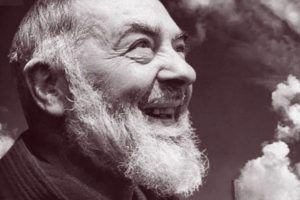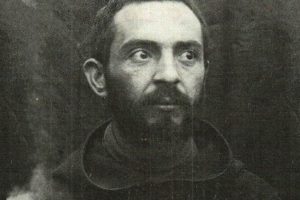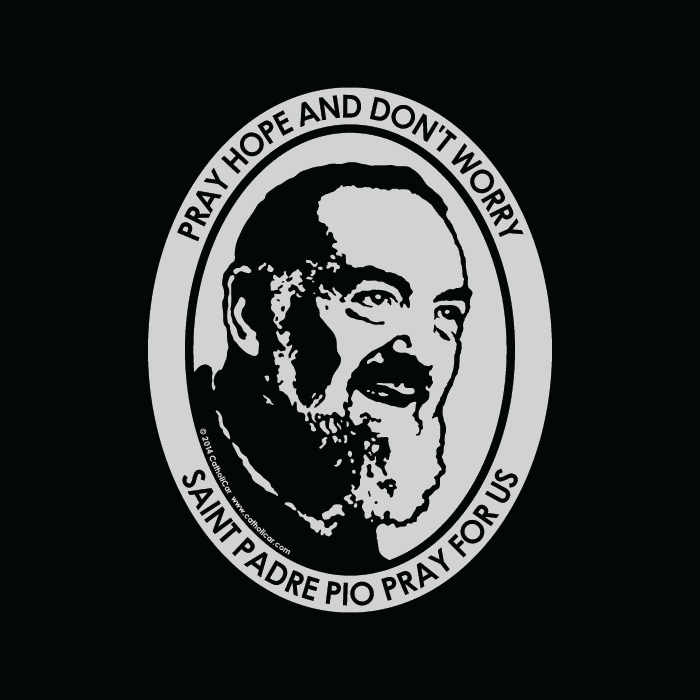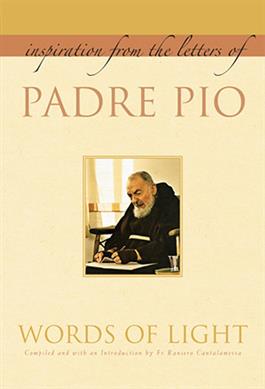
If ever there was a saint who could bridge the gap between the mystical and the modern, it’s St. Padre Pio. In honor of his feast day, September 23, let’s explore some of his most profound miracles.
Francesco Forgione was born on May 25, 1887, in Pietrelcina, a tiny town in southern Italy. From a young age, he was different—prone to visions and deeply spiritual. At just 15, he joined the Capuchin Franciscan Friars, taking the name “Pio” in honor of Pope St. Pius V.
 But life wasn’t easy for young Padre Pio. He suffered from poor health, which forced him to return home several times. Yet, his setbacks only deepened his faith. Ordained a priest in 1910, he was assigned to the friary of San Giovanni Rotondo, nestled in the Gargano Mountains. Little did anyone know that this remote monastery would become a spiritual epicenter.
But life wasn’t easy for young Padre Pio. He suffered from poor health, which forced him to return home several times. Yet, his setbacks only deepened his faith. Ordained a priest in 1910, he was assigned to the friary of San Giovanni Rotondo, nestled in the Gargano Mountains. Little did anyone know that this remote monastery would become a spiritual epicenter.
The Stigmata: A Heavenly Mark
Perhaps the most astounding aspect of Padre Pio’s life was the appearance of the stigmata—the wounds of Christ crucified—on his body. In 1918, while praying before a crucifix, he received these marks on his hands, feet, and side. Word spread like wildfire. Pilgrims flocked to see the friar who bore the wounds of Jesus.
Skeptics and believers alike were fascinated. Medical professionals examined him, but no natural explanation sufficed. The Church conducted investigations, balancing caution with awe. Throughout it all, Padre Pio remained humble, often asking God to remove the visible signs but leave the pain if it would better serve Him.
Miracles and Mysteries
The stigmata weren’t the only miracles attributed to Padre Pio. Tales abound of his ability to bilocate, appearing in two places at once to comfort the sick or guide the lost. Penitents would travel great distances for confession, only to find that Padre Pio seemed to know their sins before they spoke.
One famous story tells of an American pilot during World War II. As the pilot prepared to bomb a target near San Giovanni Rotondo, a friar appeared in the sky, waving his arms. The pilot aborted the mission, later visiting the friary and recognizing Padre Pio as the mysterious figure.
A Heart for the Suffering
Padre Pio wasn’t just a mystic; he was a man of action. Moved by the suffering he witnessed, he founded the “Casa Sollievo della Sofferenza” (House for the Relief of Suffering) in 1956. This hospital wasn’t just a medical facility; it was a haven where patients received both physical and spiritual care. Today, it stands as one of the most efficient and advanced hospitals in Italy.
Challenges and Triumphs
Life as a living saint wasn’t without its trials. Padre Pio faced skepticism from within the Church. At times, he was forbidden to celebrate Mass publicly or hear confessions. Yet, he accepted these hardships with grace, offering his sufferings for the salvation of souls.
It wasn’t until later in his life that restrictions were lifted, allowing him to fully engage with the throngs of faithful who sought his guidance.
 Homeward Bound
Homeward Bound
On September 23, 1968, Padre Pio passed away, whispering “Jesus, Mary” with his final breaths. Over 100,000 people attended his funeral, a testament to the profound impact he had on countless lives.
In 2002, Pope John Paul II canonized him as Saint Pio of Pietrelcina. His feast day is celebrated on September 23rd, a day that draws pilgrims from around the world to honor his memory.
A Saint for Today
Decades after his death, devotion to St. Padre Pio hasn’t waned. His life story resonates in a world hungry for authenticity and the supernatural. Prayer groups in his name have sprouted globally, and countless faithful turn to him as a spiritual father.
Visitors to San Giovanni Rotondo can see his preserved body, displayed in a glass coffin—a silent witness to a life wholly given to God. His gloves, used to cover his stigmatized hands, have become relics cherished by many.
Why Padre Pio Matters
So, what makes Padre Pio so special? Perhaps it’s his relatability. He wasn’t a distant figure lost in the annals of ancient history; he lived in the 20th century, navigating challenges much like our own. His struggles with Church authorities remind us that even saints face adversity.
Moreover, his miracles invite us to consider the mysteries of faith. In an age dominated by science and skepticism, Padre Pio stands as a beacon pointing beyond the material world.
A Call to Holiness
In the end, St. Padre Pio’s life is a compelling invitation to deepen our own faith. His famous advice, “Pray, hope, and don’t worry,” continues to uplift hearts burdened by life’s trials. He reminds us that sanctity isn’t reserved for the extraordinary but is accessible to all who earnestly seek God.
As we celebrate his feast day, may we be inspired by his unwavering devotion, his compassionate heart, and his unshakable trust in God’s providence. St. Padre Pio, pray for us!





